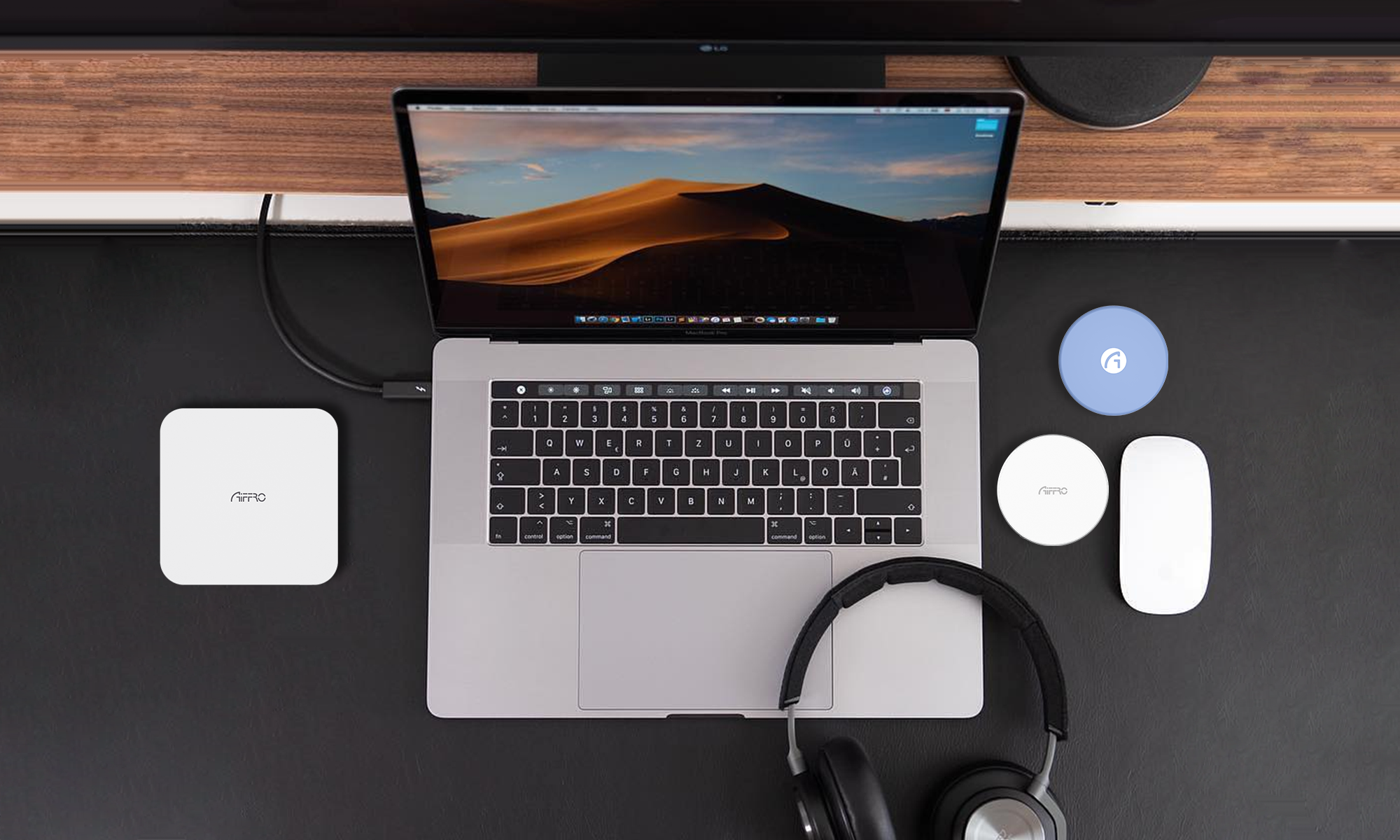High-quality audio and video are both demands of digital media. While directly integrating a microphone with an SSD would greatly simplify the recording process for podcasters, content creators, and field recording, offering both superior sound capture and efficient storage, this is generally not possible with standard SSDs.
SSDs are efficient and better storage solutions than traditional HDDs, but they lack audio input capabilities. The common possible way is to connect a microphone and an external SSD to another device, like a computer, smartphone, or dedicated audio recorder with audio input and USB ports, simultaneously to record high-quality audio or video directly to the SSD.
But wait, the keen observation of the SSD field shows that there are some specialized portable SSDs like Aiffro P30 3-in-1 Portable SSD that support external microphones with a Type-C interface directly without any third device like a USB-C hub. Let’s explore all the possible ways how to add a microphone to SSD in detail.
How to Add a Microphone to SSD?
Adding a microphone to a standard SSD is commonly possible with the help of USB hubs and ports. However, some portable solid state drives like Aiffro p30 3 in 1 portable SSD offer a direct connection to a microphone for recording high-quality audio and storage solutions at the same time. Let's learn all the possible ways in detail.
Connecting a Microphone and an External SSD to a PC
Modern PCs come with multiple USB ports, which allow users to connect various peripherals simultaneously. With the help of multiple USB ports, you can connect both a microphone and an external SSD to your computer; the details are mentioned below.
Using Available USB Ports:
- Check Ports: Check how many USB ports your PC has. If your device has multiple ports, you can just connect your USB microphone and external SSD directly to these ports.
- Process: The process of connecting the microphone and SSD is easy as you have to plug both devices into the available USB ports. Once your PC automatically recognizes both devices, use your preferred recording software to capture audio, which will be stored directly onto the SSD.
Using USB Hubs
- Why USB Hubs: Sometimes, PCs and laptops have a limited number of USB ports, and in such cases, you are not able to connect both microphone and SSD at once. A USB hub will protect you in such a situation as it expands a single USB port into multiple ports and allows additional devices to be connected. A USB hub will take only one USB port and, in return, offer multiple USB ports to allow multiple devices to connect at a time.
- Process: You have to plug your USB hub into a USB port on your PC. Then, plug your microphone, SSD, and other required devices into the USB hub. Once your PC recognizes the hub, it automatically recognizes all connected devices.
- It's a good idea to use a powered USB hub, especially when connecting multiple devices or ones that need a lot of power. While many modern computers and external SSDs can work without one, a powered hub helps keep everything running smoothly and prevents potential power issues.
Connecting a Microphone and a Portable SSD to Mobile Devices
It is possible to connect a microphone and portable SSD to your mobile phones, but it is quite difficult because these devices have limited ports. Let’s see some options.
- USB-C for iPhones and iPads: iPhone and iPad devices have few ports, but the modern models have USB-C ports, which allow users to connect multiple devices by utilizing USB-C hubs or adapters.
- OTG Technology for Android Devices: If you are an Android user and your Android devices support USB On-The-Go (OTG) technology, it will allow your device to act as a USB host for other USB devices. With the help of an OTG adapter, you can connect both a microphone and an external SSD to your Android device. In case your device doesn’t support OTG, you can use a USB hub to connect the microphone and SSD to your mobile device.
Specialized Devices Combining Storage and Audio Input
As technology advances, more devices are being designed to meet the growing demand for high-speed storage and professional audio input. One such innovative solution is the Aiffro P30 3-in-1 Portable SSD, which combines storage, charging, and microphone connectivity in a single compact device.
Aiffro P30 3-in-1 Portable SSD: A Game Changer
The Aiffro P30 is a high-speed portable SSD designed for professionals who need seamless data transfer, high-speed recording, and external microphone support. Unlike traditional SSDs, this device is specifically built to enhance mobile workflows, especially for content creators and journalists who require high-speed storage and professional audio input on the go.
Key Features of Aiffro P30
3-in-1 Functionality: The Aiffro P30 is not just a storage device; it also supports power delivery (PD) and Type-C microphone input, making it ideal for mobile recording setups.
Fast Read/Write Speeds: With up to 1000MB/s sequential read and write speeds, this SSD ensures smooth 4K video recording, quick file transfers, and real-time storage without lag.
Compact & Portable: Weighing only 19g and measuring 48×29×8mm, the ultra-thin aluminum alloy body is pocket-sized and travel-friendly.
ProRes Lossless Video Support: The P30 supports direct recording of ProRes lossless video on iPhone 15/16 Pro models and above, saving valuable phone storage.
Wide Compatibility: This device is compatible with Windows, Linux, iOS, iPadOS, Android, and macOS, making it versatile for different work environments.
Reliable Power Supply: The PD-IN interface supports up to 30W power delivery, ensuring that your device stays charged while using external peripherals.
Why Choose a Specialized SSD for Audio & Video?
For professionals working with high-resolution videos and high-quality audio recording, having a dedicated storage device with microphone input support eliminates common issues like latency, dropped frames, and limited storage capacity. The Aiffro P30 allows users to record, charge, and store data simultaneously, offering a seamless workflow without the need for multiple adapters or cables.




Hinterlasse einen Kommentar
Diese Website ist durch hCaptcha geschützt und es gelten die allgemeinen Geschäftsbedingungen und Datenschutzbestimmungen von hCaptcha.